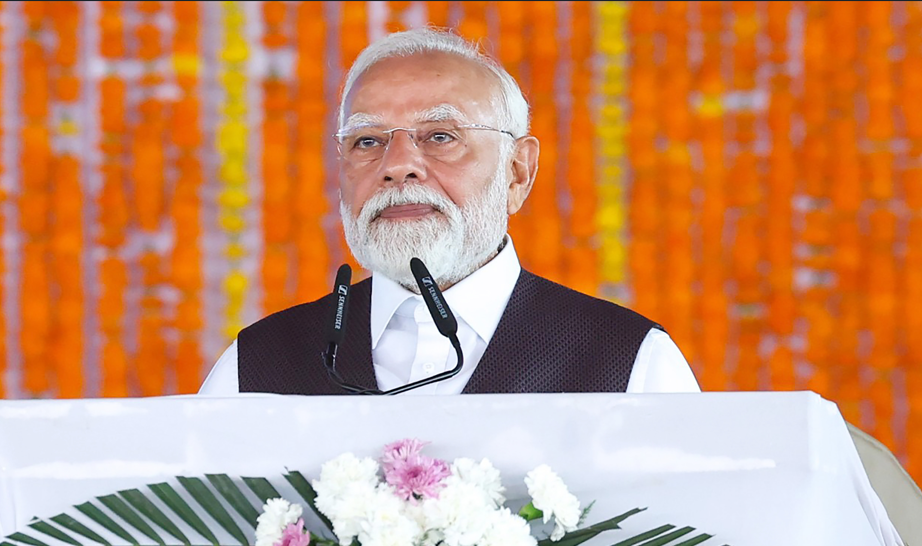Prime Minister Narendra Modi will inaugurate Kartavya Bhavan – 03 at Kartavya Path, New Delhi, on August 6 at 12:15 PM, followed by a public address at 6:30 PM.
Kartavya Bhavan – 03 is part of the Central Vista redevelopment project and will be the first of several upcoming Common Central Secretariat buildings designed to bring multiple ministries under one roof. The initiative aims to streamline administrative processes, enhance inter-ministerial coordination, and accelerate policy execution for better public service delivery.
Currently, key ministries operate from aging structures like Shastri Bhawan, Krishi Bhawan, Udyog Bhawan, and Nirman Bhawan, built in the 1950s to 1970s. These outdated buildings have high maintenance costs and limited capacity for modern governance needs. The new infrastructure is expected to boost productivity, reduce costs, and improve employee well-being.
A State-of-the-Art, Sustainable Government Complex
Spanning 1.5 lakh square meters across two basements and seven levels, Kartavya Bhavan – 03 will house offices of several ministries, including Home Affairs, External Affairs, Rural Development, Micro, Small and Medium Enterprises (MSME), Department of Personnel & Training (DoPT), Petroleum & Natural Gas, and the Principal Scientific Adviser.
The facility features IT-ready workspaces, ID-based access control, integrated electronic surveillance, and a centralized command system for security. Designed to meet a Green Rating for Integrated Habitat Assessment-4 (GRIHA-4) sustainability rating, the building incorporates double-glazed façades, rooftop solar panels, solar water heating, rainwater harvesting, and advanced heating, ventilation, and air conditioning (HVAC) systems.
As a zero-discharge campus, it will treat and reuse wastewater, manage solid waste in-house, and provide e-vehicle charging stations. The building utilizes recycled construction and demolition waste, lightweight partitions, and energy-saving systems to minimize environmental impact.
Special glass windows will reduce heat and noise, while LED lighting with motion sensors, smart lifts, and an advanced energy management system will optimize power usage. Solar panels on the roof will generate over 5.34 lakh units of electricity annually, and solar water heaters will meet more than a quarter of the daily hot water requirement.










